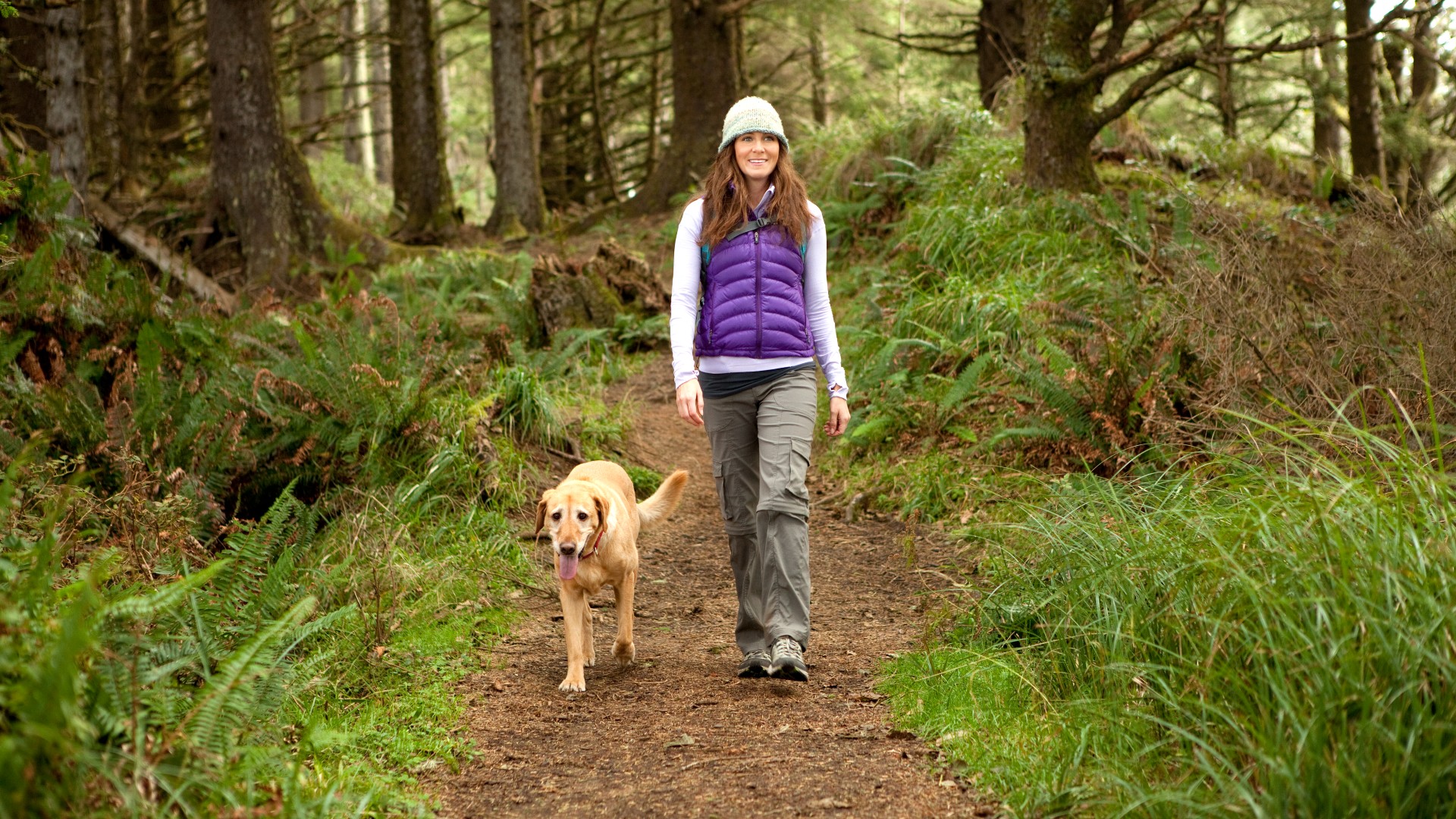Dog trainer reveals 3 tips for tiring out your dog, and they aren't just running around
Is your dog overly excitable after exercise? These tips will help them to calm down and switch off

If you’re the proud pet parent of a canine companion, then you’ve likely had the experience of taking your pup out for a good bit of exercise, only to have them return home as energetic as when you set off.
While getting plenty of physical and mental stimulation and consuming a high-quality diet made up of the best dog food are two vital pieces of the puzzle to keeping your dog fit and well, the way we exercise our pups could be working against us when it comes to helping them to calm down.
In a video shared to Instagram which you can view below, expert dog trainer Adam Spivey says the key to a calm dog isn’t exercising them more but instead exercising them smarter. With that in mind, he’s shared the following tips to tire out your dog:
A post shared by Southend Dog Training (@southenddogtraining)
A photo posted by on
1. Don’t take your dog to a dog park
While a park may sound like the ideal place to let your dog loose and help them burn off some energy, Spivey says that taking your dog to where other dogs are is not a good way to help them calm down. “A lot of people just put their dog in the car, go to the same park, let the dog go, and they call that exercise. Then they wonder why the dog struggles to switch off, and why the dog gets issues when they play with other dogs.”
2. Instead, go somewhere new
“Put your dog on a long line, take it to the woods, take it to a nature reserve, take it to a beach and let it have a sniff walk. I can’t tell you how enriching it is when a dog just gets to slowly take in the world using its nose. It’s actually a lot more mentally tiring than running around.” A sniffari can be a great way to offer your dog plenty of stimulation while tiring them out at the same time.
3. Use a crate post-exercise
“After all of this, pop your dog in their bed or a crate for at least one to two hours, so that your dog knows to switch off after exercise. [With] proper exercise and a proper off switch, behaviors like separation anxiety will improve, stealing stuff will improve, excessive barking will improve. Your dog will be calmer, more content and you’ll see a noticeable improvement in your dog’s behavior.”
Netizens have been quick to chime in and share their thoughts around Spivey’s advice, with one person saying “Love this ..so true! My son and I call it his ‘Social media’ time, sniffing (reading) and peeing (commenting) 🤣 he’s so settled afterwards,” while another added “I follow your advice and my nearly six month old border collie x mini poodle is doing so well. The sniffing walks and her crate are so effective!”
PetsRadar Newsletter
Get the best advice, tips and top tech for your beloved Pets
Remember, training your dog takes time, patience and consistency. If your pup continues to be overly energetic after exercising or displays any other behaviors you’re concerned about, we recommend you seek the support of an expert dog trainer who will be able to offer advice and guidance that’s tailored to the specific needs of your canine companion.
Looking for other great canine content? Then be sure to check out our guide to how to crate train a dog.

Kathryn is a freelance writer who has been a member of the PetsRadar family since it launched in 2020. Highly experienced in her field, she's driven by a desire to provide pet parents with accurate, timely, and informative content that enables them to provide their fur friends with everything they need to thrive. Kathryn works closely with vets and trainers to ensure all articles offer the most up-to-date information across a range of pet-related fields, from insights into health and behavior issues to tips on products and training. When she’s not busy crafting the perfect sentence for her features, buying guides and news pieces, she can be found hanging out with her family (which includes one super sassy cat), drinking copious amounts of Jasmine tea and reading all the books.
